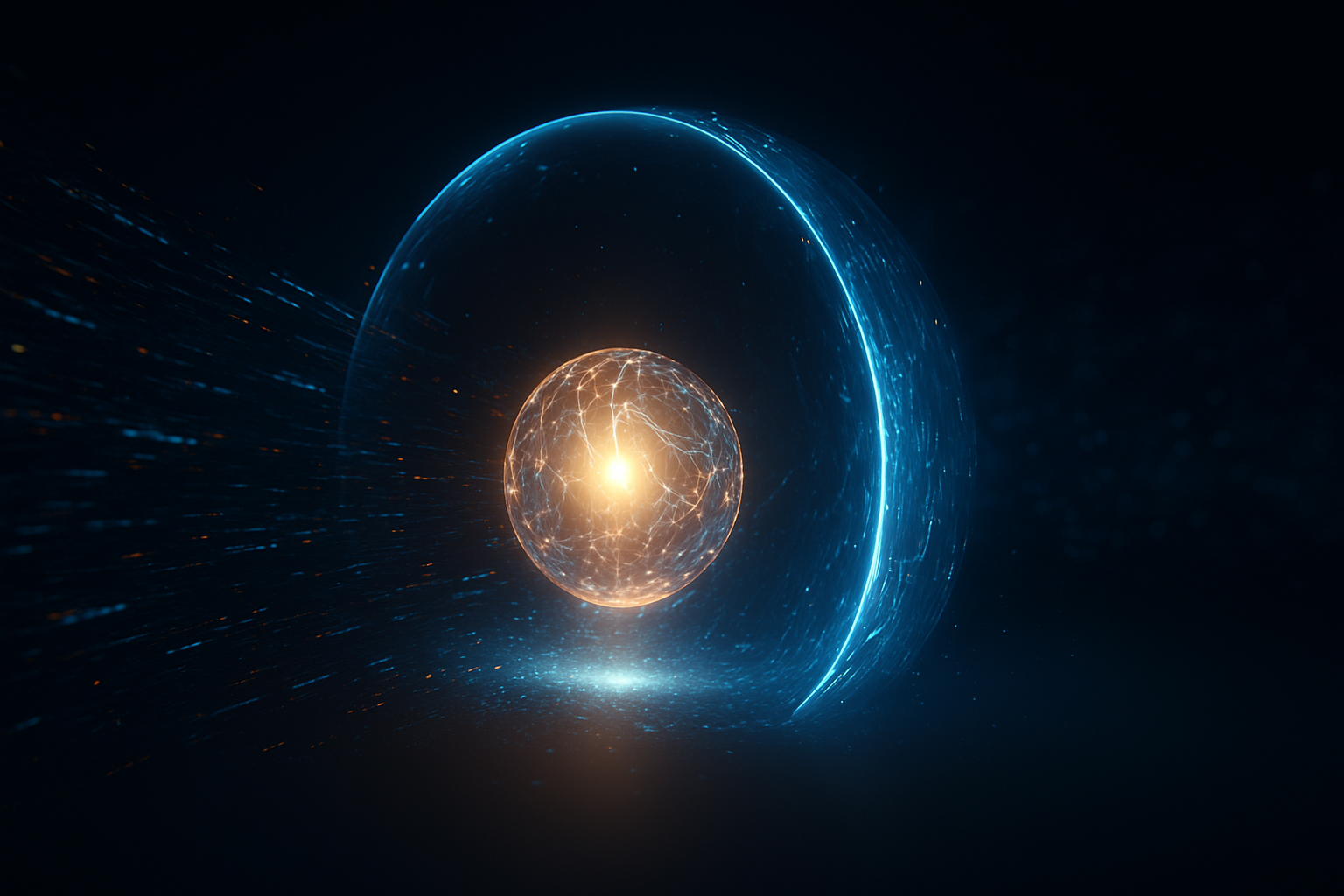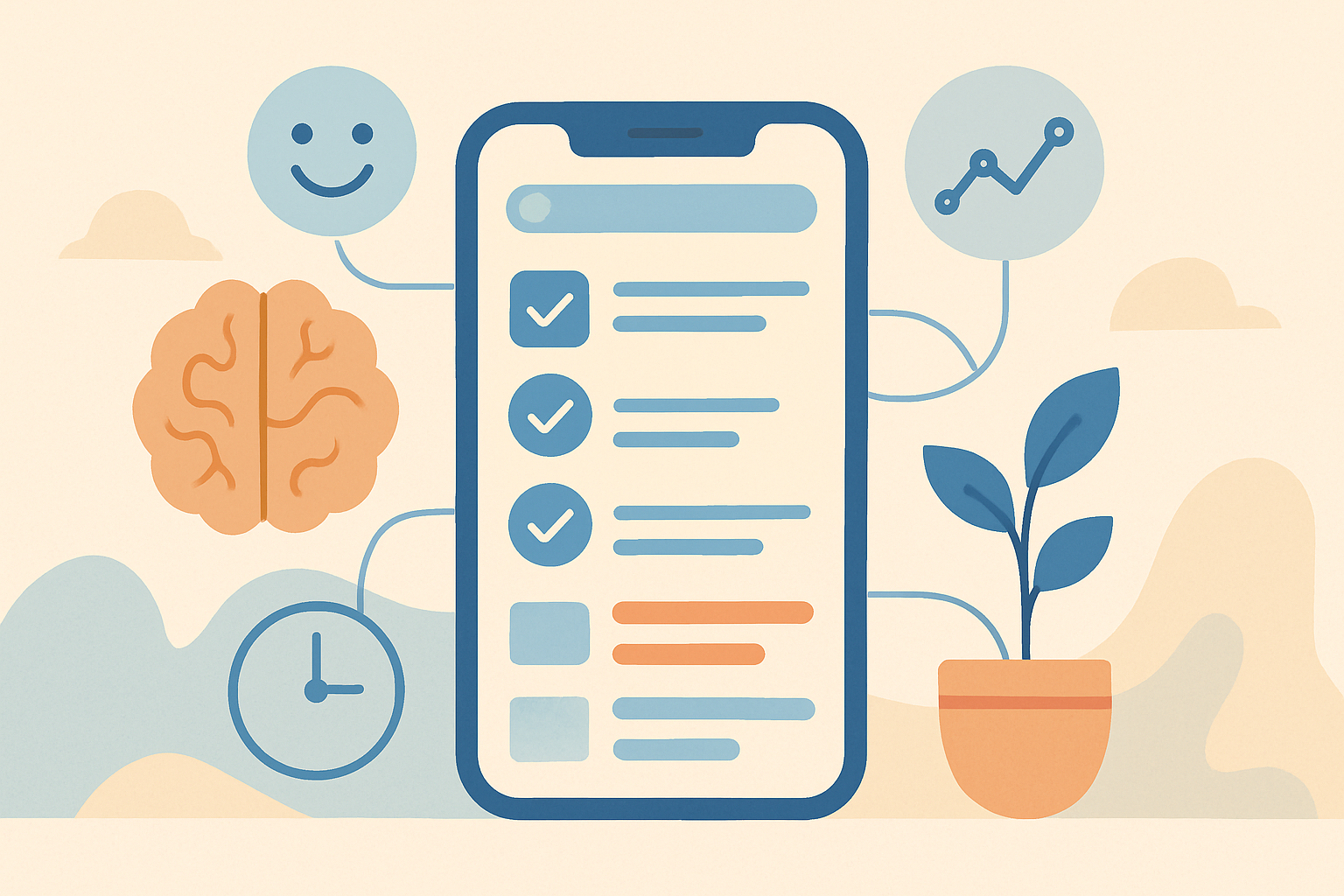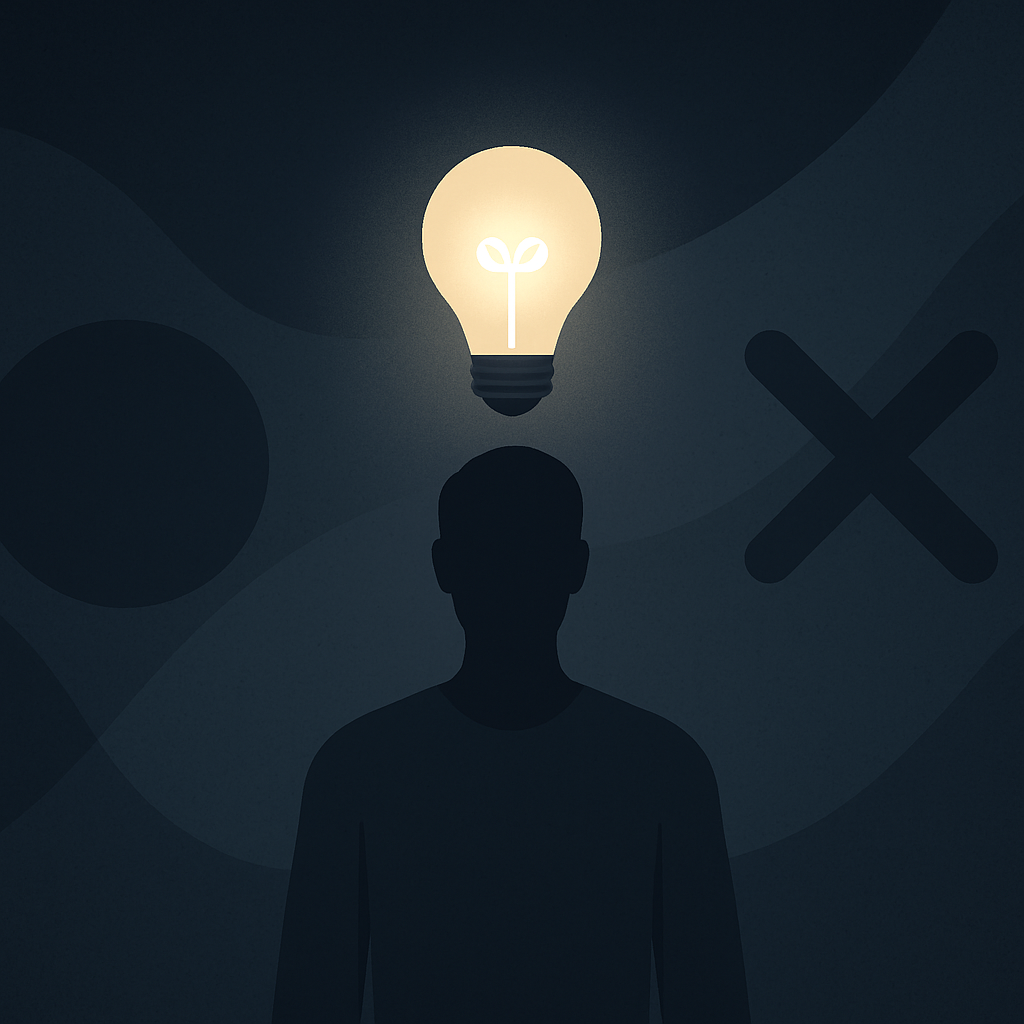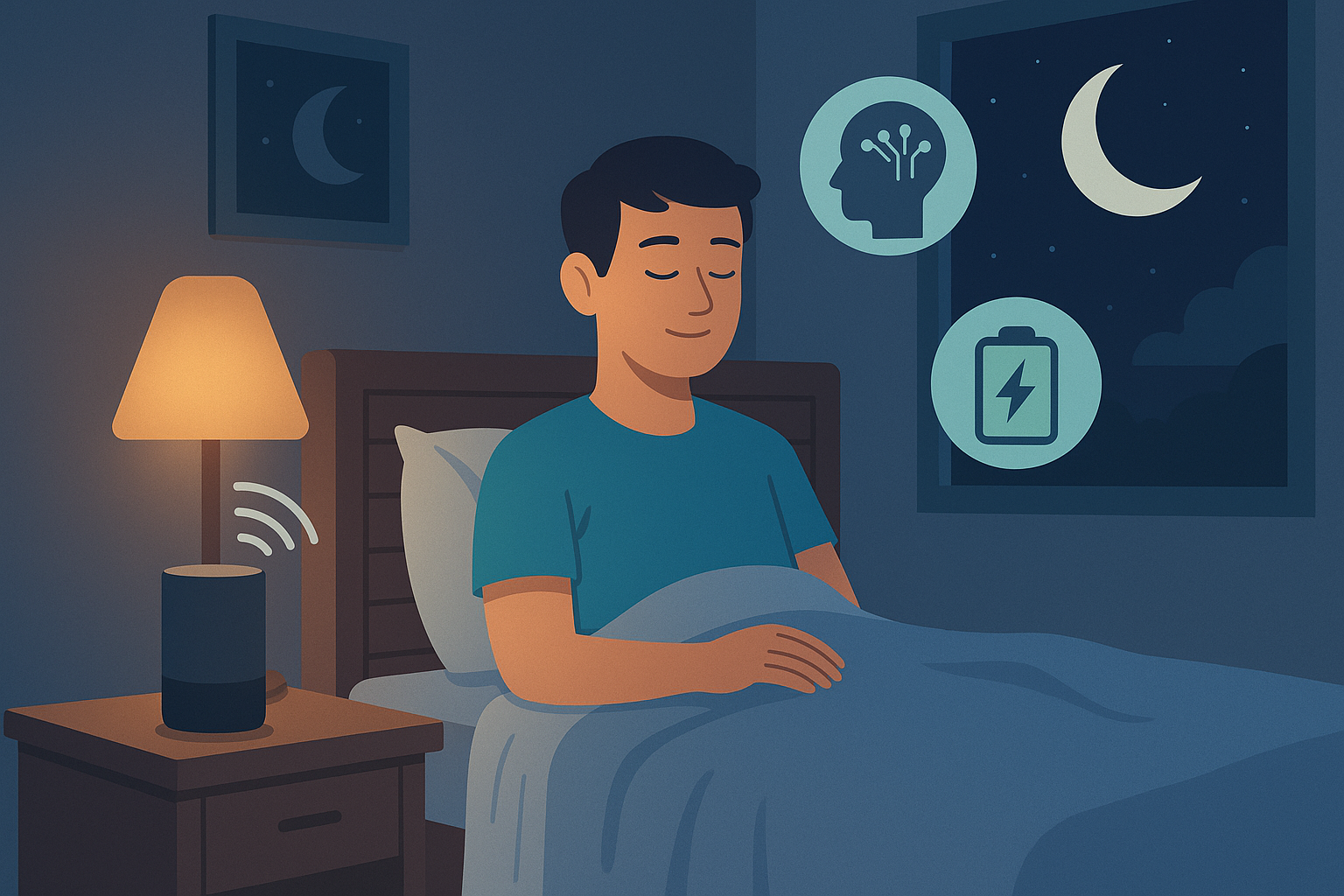Focus Management.
Distraction is no longer accidental — it’s engineered.
Every notification, ping, and feed is designed to capture your attention and keep it there.
In this environment, concentration isn’t just difficult — it’s unnatural.
That’s why modern professionals are turning to artificial intelligence to reclaim control of their minds.
AI is transforming how we manage focus, automating the defense of our most valuable resource: attention.
This evolution marks the rise of focus management systems — intelligent tools that recognize, predict, and prevent distraction before it even happens.

The Attention Crisis Focus Management
The average person loses focus every 47 seconds, according to research from UC Irvine.
Even worse, it takes up to 25 minutes to regain full concentration after an interruption.
Traditional productivity techniques — time blocking, task lists, or the Pomodoro method — can’t solve the deeper problem: our digital environments are designed to fragment attention.
Focus management isn’t about working harder. It’s about redesigning the environment where your brain operates.
And that’s exactly what AI does best.
How AI Focus Management Understands Distraction
Artificial intelligence can analyze the hidden patterns that lead to distraction: your digital habits, device usage, and emotional state.
By monitoring micro-signals such as screen switching, typing pauses, or message frequency, AI identifies when focus begins to break — and acts immediately.
Example:
- Motion AI recognizes that you’ve switched between tabs too often in a short span. It automatically activates focus mode, dimming notifications and rearranging priorities.
- Reclaim AI detects meeting overload and creates cognitive “cooldown” blocks between calls to protect mental bandwidth.
- Notion AI observes task complexity and offers summaries to prevent information fatigue.
Instead of relying on willpower, AI introduces adaptive focus management, turning attention into a measurable, self-regulated process.
| Signal | AI Interpretation | Action Taken | Tool Example |
|---|---|---|---|
| Frequent task switching | Attention fragmentation | Auto-enable focus mode | Motion AI |
| Calendar overload | Cognitive fatigue | Auto-reschedule low-priority events | Reclaim AI |
| Long idle periods | Engagement drop | Suggest micro-breaks | Notion AI |
| Language tone in chat | Stress indicator | Adjust workload rhythm | Mindsera |
AI doesn’t wait for distraction to happen — it predicts and neutralizes it.
Focus Management as a System, Not a Skill
Focus used to be seen as a matter of discipline.
But in a hyperconnected world, discipline is not enough — design is.
AI creates what cognitive scientists call “frictionless concentration zones”, digital spaces optimized for deep work.
These systems integrate with your calendar, workspace, and mental rhythm to maintain balance automatically.
Example:
Imagine starting your day and your AI assistant instantly configures everything for focus:
It silences notifications, closes unrelated tabs, and sets a two-hour deep work block with adaptive music that aligns with your cognitive rhythm.
You don’t need to force focus — your system builds it for you.
The Architecture of Focus Management
Effective focus management involves three dimensions: awareness, prevention, and restoration.
AI addresses each one seamlessly.
- Awareness: Detects attention shifts in real time using data from apps, sensors, and behavior patterns.
- Prevention: Creates automated barriers against distraction (silence modes, grouped notifications, adaptive scheduling).
- Restoration: Guides you back into flow using context reminders, cognitive prompts, or relaxation cues.
| Stage | Function | AI Implementation | Result |
|---|---|---|---|
| Awareness | Detect distractions | Track activity patterns | Early detection |
| Prevention | Block interruptions | Silence digital noise | Sustained focus |
| Restoration | Support recovery | Personalized cues | Faster re-engagement |
This turns your digital environment into an ecosystem of focus, not friction.
Example: A Day of AI-Driven Focus
8:00 AM — Reclaim AI automatically reserves your first two hours for deep work based on your energy rhythm.
9:00 AM — Motion AI detects you’ve switched screens twice and activates focus mode.
10:30 AM — Brain.fm adapts sound frequencies to sustain cognitive flow.
12:00 PM — AI-driven assistant summarizes morning tasks, offering short reflection prompts via Notion AI.
Afternoon — Your system recommends a brief digital reset — a short walk or offline reading — to prevent fatigue.
By evening, analytics show not only what you achieved, but how efficiently you stayed focused throughout the day.
This is the future of productivity — where focus isn’t left to chance.
The Emotional Layer of Focus
Distraction isn’t always digital. Sometimes, it’s emotional.
Stress, anxiety, and cognitive fatigue can trigger mental drift long before you open another app.
AI systems like Mindsera integrate emotional analytics — using language tone and behavioral data to detect emotional imbalance.
When frustration or fatigue appears, the system pauses task reminders, replaces them with reflective prompts, or introduces calming stimuli (like ambient audio).
This represents a new category of focus management — one that integrates emotional intelligence with machine learning.
It’s not just about protecting your time; it’s about protecting your mind.
The Data Behind Focus
AI systems measure focus not by how long you work, but by how efficiently you stay engaged.
Metrics include attention stability, context-switching frequency, and recovery time after distraction.
These insights form a personal focus signature — a digital representation of your cognitive rhythm.
Over weeks, your AI learns your optimal focus patterns: when you think best, when you lose clarity, and how to recover fastest.
It turns intangible habits into visible data, allowing you to refine concentration like an athlete optimizes performance.
The Future of AI and Attention
Next-generation AI focus management systems will integrate neural data, emotional feedback, and environmental control in real time.
Imagine your workspace adapting to your mind:
When your focus drops, light temperature adjusts, noise decreases, and notifications pause automatically.
When you regain flow, systems fade into the background — invisible yet perfectly synchronized.
This is cognitive ergonomics: designing technology that thinks with you, not against you.
Soon, attention will no longer be something you fight to protect — it will be something your environment naturally sustains.
Conclusion
Distraction is the tax we pay for connection.
But with AI-driven focus management, that tax is no longer inevitable.
These intelligent systems transform your workspace into a zone of deliberate attention — one where technology serves focus instead of stealing it.
The result isn’t just higher productivity. It’s peace of mind.
Because in a world built to distract you, the greatest luxury is uninterrupted thought.
Further Reading & Related Insights
Internal link:
- The Art of Digital Balance in a Hyperconnected World — Learn how balance, rhythm, and intention create sustainable digital focus.
External links:
Blog
This section provides an overview of the blog, showcasing a variety of articles, insights, and resources to inform and inspire readers.
-

AI Habit Tracking and the New Rhythm of Modern Self-Improvement
AI Habit Tracking. Progress used to depend on discipline. Now, it depends on data.…
-

AI Decision Making and the New Discipline of Intentional Living
AI Decision Making. Every “yes” has a cost. Every time you agree to something…
-

The Perfect AI Night Routine to Sleep Better and Think Smarter
AI Night Routine. Your morning doesn’t begin when you wake up — it begins…
